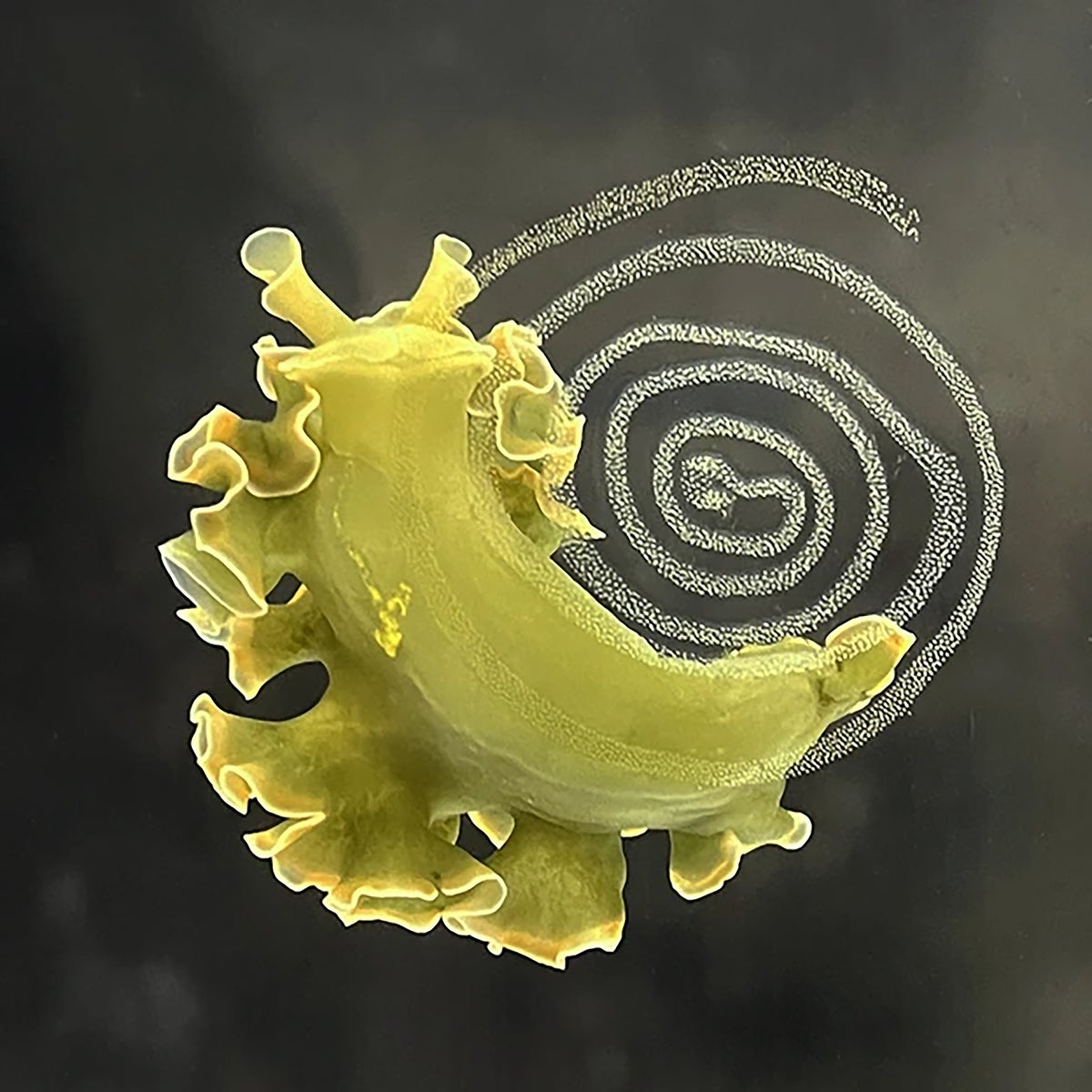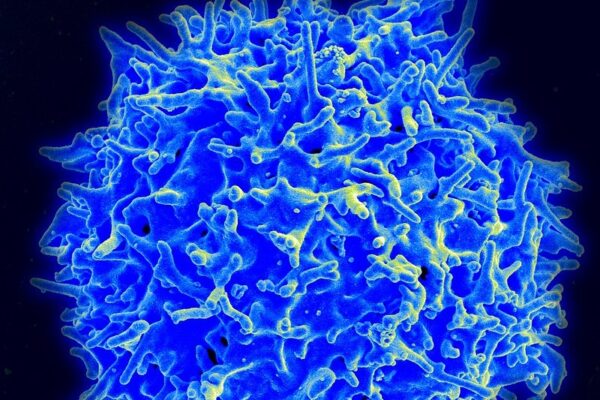Spring rain could mean more rattlesnake bites
But you still shouldn't blame the snakes. The post Spring rain could mean more rattlesnake bites appeared first on Popular Science.

Snakes are on the move again as summer temperatures climb, raising the possibility of run-ins with humans. While venomous bites are comparatively rare—the US annually averages roughly 30 bites per one million people—they can still be dangerous. Especially if it’s from a rattlesnake. And after a particularly wet spring in Colorado and other parts of the western US, wildlife experts are warning outdoor enthusiasts to be on alert for a possible uptick in viper encounters.
“Depending on where you are in Denver, there are probably around 20 to 30 snake bites a year in the metro area,” Colorado University medical toxicology and pharmacology professor Kennon Heard said in a recent interview.
Although rattlesnakes are more common in temperate states like Colorado and throughout the southwest, over 25 different species live across the majority of the US. The cold-blooded reptiles reduce their activity by bedding down under rocks and other hideaways during the colder months, but emerge as the days begin to warm. Rattlesnakes typically hunt smaller prey like mice, rats, rabbits, and birds. Their populations tend to increase if the spring sees a lot of rain—and 2025 has seen a particularly damp one.
In 2018, researchers at CU Boulder and Stanford University examined the potential link between wet springs and snake bites, and found that there may often be a correlation between the two. The team theorized that more rainfall leads to a larger prey population than during a drought. With more prey comes more rattlers, and thus a greater chance for accidental interactions with humans.
Rattlesnakes aren’t interested in people—in fact, it’s the exact opposite. Still, they have no reservations about using their venom on us if they feel threatened. If they do strike, it’s vital to seek out emergency medical treatment.
The pain from the initial bite is often no worse than a hypodermic needle, but it doesn’t take long for things to go downhill. Rattlesnake venom is a hemotoxic anticoagulant evolved to both create and dissolve clots. This causes blood to leak into the surrounding tissues, which quickly prevents muscles from receiving enough oxygen and nutrients. In especially bad cases, this can result in life-threatening necrosis.
Rattlesnakes release extremely varying amounts of venom depending on a bite, and in some cases don’t release any. This makes it difficult to judge the initial severity, but regardless, it’s imperative to receive medical attention as quickly as possible. It’s also important to avoid common treatment misconceptions—as The Denver Post explains, suggestions like cutting around the wound or trying to suck out the venom can do more harm than good. Additionally , snake bite kits aren’t nearly as effective as professional help.
All that said, rattlesnakes rarely bite humans out of aggression. Half of Colorado’s cases, for example, stem from somebody trying to physically handle one. In a worst-case scenario, Heard reminded the public that one of the most helpful tools is often in your pocket.
“The best first aid device for a snake bite is a cellphone,” explained Heard, along with using it to dial 911.
The post Spring rain could mean more rattlesnake bites appeared first on Popular Science.























































































































































